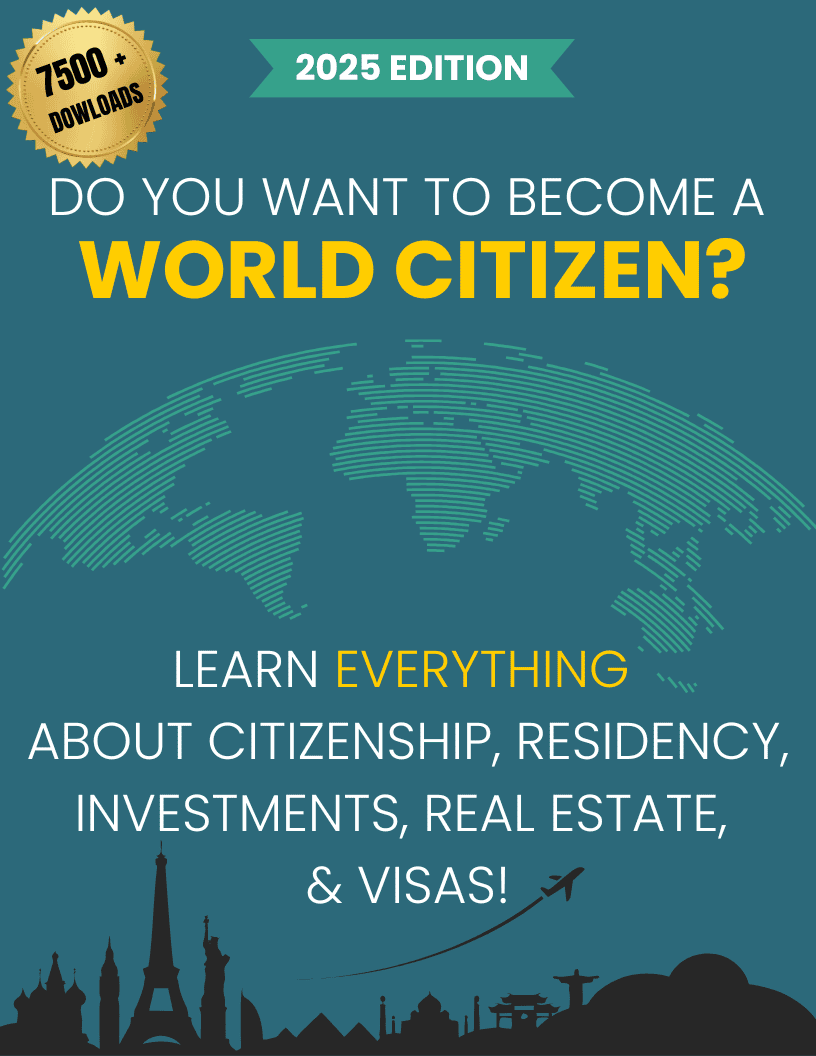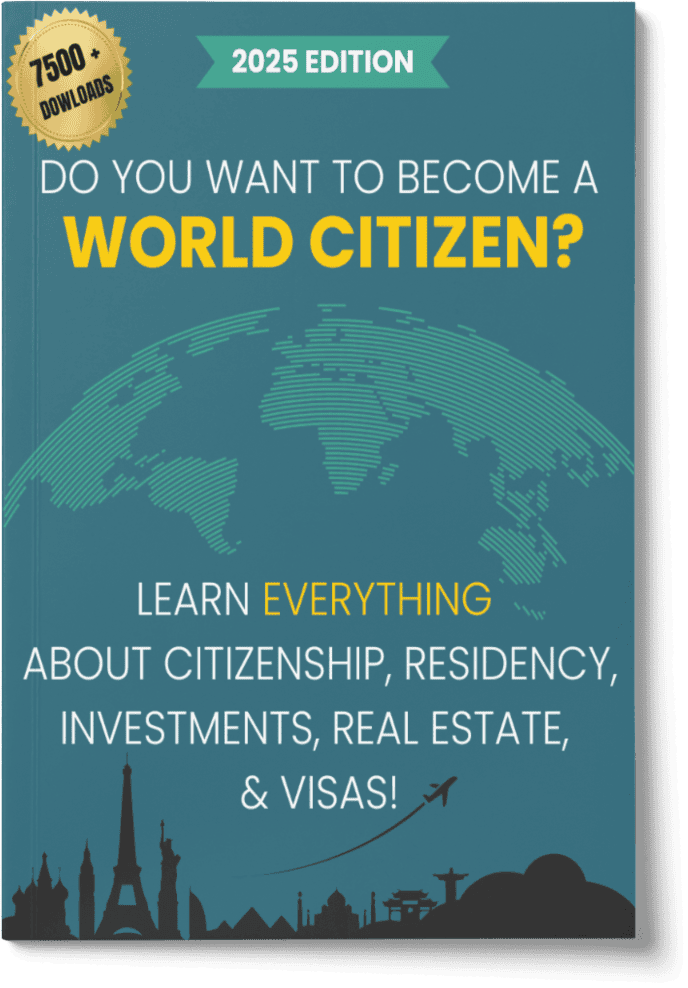Immigrant Visas
Boost Your Freedom Without Compromise.
- Who offers the CHEAPEST program available.
- Who offers the BEST program available.
- What you need to qualify?

In This Article, You Will Discover:
- Immigrant visas provide a path to permanent residency and eventually citizenship, categorized under family-based, employment-based, diversity lottery, and special immigrant visas, among others.
- Family-based immigrant visas in the US allow US citizens and lawful permanent residents to sponsor close family members, including spouses, children, and siblings, for permanent residency.
- Employment-based immigrant visas cater to skilled workers, professionals, and investors who contribute to the US economy, with several preference categories based on skills, job offers, and investment levels.
- The Diversity Visa Program offers a select number of visas to individuals from countries with low rates of immigration to the US, determined through an annual lottery.
- Investment or business development can also lead to immigrant visas, with programs like the US EB-5 visa requiring substantial investment in a new commercial enterprise that creates jobs for US workers.
- Who offers the CHEAPEST program available.
- Who offers the BEST program available.
- What you need to qualify?
 Free Consultation
Free Consultation Easy to Use
Easy to Use 100% Safe & Secure
100% Safe & Secure
What Are Nonimmigrant Visas?
Nonimmigrant visas allow foreign nationals to enter the United States temporarily for specific purposes such as tourism, business, study, temporary employment, medical treatment, or participation in exchange programs.
Each visa is linked to a defined activity and strict duration. Once the visa expires or the authorized stay ends, holders must depart the U.S..
Applicants must generally prove their intent to return home, except for certain “dual-intent” visa holders who may later seek permanent residence.
Key Nonimmigrant Visa Categories
Nonimmigrant visas are grouped according to the nature of visit. Here are some of the most common types:
| Visa Type | Purpose | Example Subcategories |
|---|---|---|
| B Visas | Tourism (B-2), business (B-1), medical treatment | B-1, B-2 |
| F/M Visas | Academic (F-1) or vocational study (M-1) | F-1, F-2, M-1, M-2 |
| J Visas | Exchange programs, internships, au pairs | J-1, J-2 |
| H Visas | Temporary skilled/unskilled workers | H-1B, H-2A, H-2B, H-3 |
| L Visas | Intracompany transfers | L-1A (managers), L-1B |
| E Visas | Treaty traders/investors | E-1, E-2 |
| O/P/Q | Extraordinary ability, entertainers, cultural | O-1, P-1, Q-1 |
| K Visas | Fiancé(e)s or spouses of U.S. citizens | K-1, K-3 |
| R Visa | Religious workers | R-1 |
| C, D | Transit and crewmembers | C-1 (transit), D (crew) |
| T/U Visas | Victims of trafficking or crime | T, U |
More categories exist for diplomats, students, journalists, and specialized work or humanitarian purposes.
Step-By-Step Application Process
- Determine Visa Type
- Match your purpose of travel to the correct visa category.
- Complete Form DS-160
- This online application is required for most nonimmigrant visas.
- Schedule Visa Interview
- All applicants (with some age exceptions) must attend an interview at a U.S. embassy or consulate.
- Prepare Supporting Documents
- Proof of intent, resources, and specific purpose (see next section).
- Pay the Visa Fee
- Fees vary; for example, standard visitor/student visa fees are $185 as of 2025.
- Attend Interview and Biometrics
- Provide fingerprints and answer questions about your trip and plans.
- Visa Approval or Denial
Required Documents Checklist
- Valid passport (typically at least six months beyond planned U.S. departure)
- Completed DS-160 confirmation page
- Visa appointment confirmation
- Recent passport-size photographs (per U.S. requirements)
- Visa application fee payment receipt
- Proof of ties to home country (job, property, family, school enrolment)
- Supporting documents for visit purpose (invitation letter, employment contract, SEVIS receipt for students)
- Evidence of sufficient funds for stay and travel
- Prior U.S. visas and evidence of legal U.S. status (if applicable)
- Additional category-specific documents (e.g., I-20 for F-1, Form I-797 for H or L visa holders).
Advantages and Disadvantages
Advantages
- Opens temporary access to the U.S. for a wide range of activities (tourism, work, study, culture, family).
- Broad range of categories for nearly any legitimate purpose.
- Some categories (like H-1B, L-1) allow dual intent and can be stepping stones to permanent residency.
- Fast processing for most visitor and student visas.
Disadvantages
- Strictly time-limited; overstays can result in bans.
- Most visas require proof of intent to depart after visit.
- Frequent changes in policy, quotas, and documentation.
- Some work visas (like H-1B) subject to competitive annual caps and lotteries.
- Changing from nonimmigrant to immigrant status is complex and not guaranteed.
Nonimmigrant vs. Immigrant Visas
| Nonimmigrant Visa | Immigrant Visa | |
|---|---|---|
| Purpose | Temporary visit for defined activities | Permanent residence |
| Length of Stay | Fixed, limited (months/years) | Indefinite |
| Work/Study Rights | Varies by visa; may be restricted | Permitted for green card holders |
| Renewal | May be renewed or extended in some cases | Not required; permanent status |
| Proof of Intent | Must show intent to return home (except dual intent visas) | Not required |
| Family Inclusion | Possible for some visa types | Generally allowed |
| Path to “Green Card” | Only from certain dual-intent categories | Direct |
Common Questions
How long can I stay on a nonimmigrant visa?
Can I work on a tourist visa?
Are all work visas “dual intent”?
Do I need a sponsor?
What if my plans change while in the U.S.?
In Conclusion
Nonimmigrant visas remain crucial for temporary mobility, study, employment, and exchange in the United States.
Eligibility, documentation, and changing immigration trends require applicants to plan ahead, follow official guidance, and fully comply with visa terms.
Disclaimer: The information provided in this article was accurate as of July 2025. Visa categories, fees, and rules may change frequently—always consult official U.S. government sources or expert advisors before applying.
- Who offers the CHEAPEST program available.
- Who offers the BEST program available.
- What you need to qualify?
 Free Consultation
Free Consultation Easy to Use
Easy to Use 100% Safe & Secure
100% Safe & Secure







